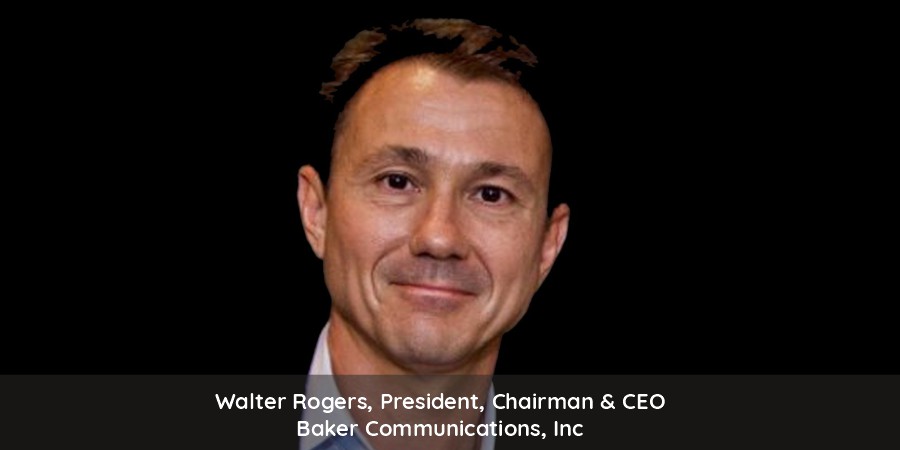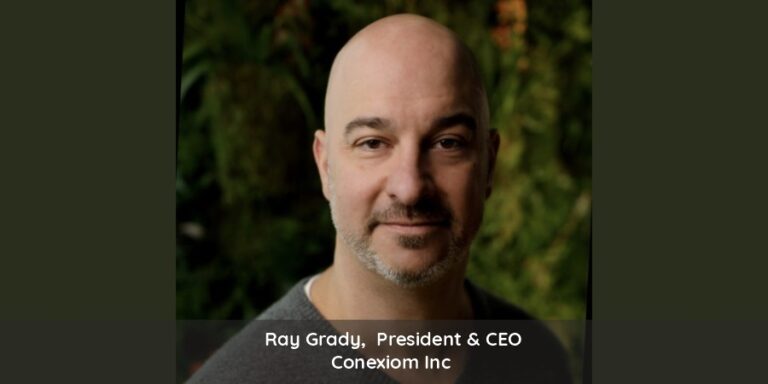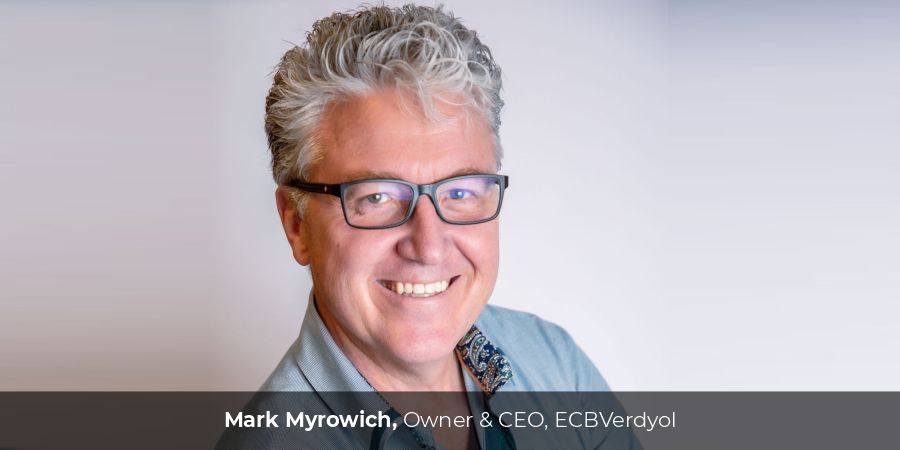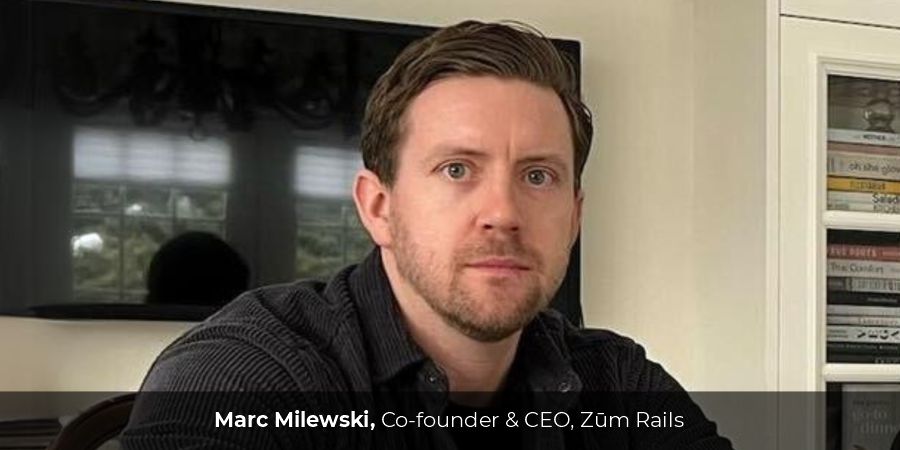Website: https://www.bakercommunications.com/
One company that has been leading the world of sales training and coaching for over 43 years is Baker Communications. Besides its customer base which looks like the S&P and Nasdaq indexes combined, this company has been quietly changing the landscape of sales readiness for the entire sales industry.
According to Joe DiDonato, Baker’s Chief of Staff, “Two problems that have plagued all sales organizations are low quota achievement and high turnover.” He went on to say, “Only 47% of sellers achieve their quota goals, and turnover averages 34.7% across the entire industry. That means that 53% of sellers are missing their goals and over a third of a company’s sales team is brand new each year. Together that’s 87.7% of a company’s sales team that isn’t pulling their weight – and conversely, 12.3% of the sales team is carrying the load. If those are your numbers, your sales readiness score is 12.3% out of 100%.”
The company went on to say that on the high end of the turnover metric are companies with turnover rates of 50-55%. If that’s happening to your sales team, then Baker says that in combination with non-quota-achieving reps, it drops your sales readiness score into the minus. And that’s usually the point where Sales VPs turn over the reins to a successor.
That’s the state of the sales industry today, according to Baker. It’s no wonder that tenure in most sales teams is practically non-existent. According to HubSpot, which tracks these turnover numbers, the average sales rep tenure is 18 months. Unfortunately, sales reps hit their peak performance between two and three years in their role according to their statistics. And according to Zippia statistics, 43% of Sales Vice Presidents leave in their first 2 years on the job, which speaks to that lack of sales team performance, and 62% are gone in under 4 years.
So, what’s Baker doing about these problems?
“We replaced opinion with data,” according to Walter Rogers, the CEO of Baker Communications. “If you start with the premise that all salespeople are reasonably good at selling, how do you accurately pick the right ones for your team…and the specific job role…and for your specific industry?” He went on to explain that we’ve armed our healthcare professionals with data from lab work, MRIs, X-rays, and other tests to assist them with diagnosing our health problems, so “why not give sales teams the data they need to improve their ability to hire the right people and help existing team members improve their skills?”
We had to agree with him that with those turnover rates, the ‘picker’ tools that are being used by sales management are pretty much only slightly better than the flip of a coin, and in some cases where turnover was over 50%, even less than the coin flip odds. So, we just couldn’t let the topic go, and we dug a little deeper.
Tell us more!
Well, it turns out that Baker uses a database of information on over 2.2 million sellers in 35,000+ companies, 200 industries, and 155 countries to improve the odds of hiring the right people, as well as identify strengths and weaknesses in the existing staff. They use that data to home-in on a Unique Rep Profile (URP) for a particular sales position, in a specific company, that sells in a specific industry. At that point, new hire candidates are evaluated against that hiring profile. That “turns off the faucet” so to speak on hiring the wrong candidates.
Next, they help their customers create URPs for all the various job roles on their sales teams, from Account Executives to Inside Sales Reps to National Account Reps to BDRs. Once those URPs are in place, they compare the sellers in a specific role to that URP and they’re able to identify their strengths and weaknesses by comparing them to the several million reps in the database.
Does it work?
The “Predictive Index” is 91% and validated by a 3rd party accrediting service. But the real test comes at the company level. According to DiDonato, “If the data tells you to hire an individual, that person has a 92% chance of making it to the top half of performers on your sales team in less than 12 months. If the data tells you not to hire, and you ignore it, 75% of those individuals will leave within 6 months.”
The company went on to say that the data they have access to from OMG – the company they partner with to analyze the data – shows that after using data to drive hiring and training decisions, customers are seeing a 62% reduction in turnover rates and an 88% increase in the number of reps making quota. These are the kind of results that will change how training and hiring will be done in the future. Baker Communications calls this effort “Baker 2.0.” From our perspective, we think it should be called “Sales 2.0.”
What’s Next for Baker Communications?
With those kinds of improvements, you would think that the Baker team would rest on their laurels and let the rest of the sales training industry catch up. But that’s not what they’re doing. We asked them what else they are working on, and this is what they shared.
“We’re building an AI tool that we’re calling Fuel-IQ™,” reported Gary Margolis, Baker’s Chief Technology Officer. “Its purpose is to take all the data that we’ve collected from the assessment data and make it easy for sales executives and the sales enablement team to visualize where skill gaps exist on their teams. That information allows them to focus on specific gaps and quickly eliminate them,” Gary went on to say. “Our vision for the tool is to take all of the data we’ve collected and let Fuel-IQ™ map skill gaps to targeted learning and coaching solutions – and then prepare personalized learning paths.”
According to the company, that data is already being used for that purpose by their customers, but the process is manual. Fuel-IQ™ will use AI to do that ‘mapping’ in a matter of seconds.
Instead of sending sellers through material they already know, the system will only show them information that they need to close their skill gap.
“The net result is that we’re drastically reducing the time to peak performance. Instead of sending them through 27 modules of training, the system may only pick 5 modules in a particular seller’s personalized learning path,” explained Joe DiDonato. “If each module of training amounted to an hour of training, we’re reducing the training from 27 hours to 5 hours for that particular individual.”
When we asked why they would want to reduce the training time, DiDonato explained that a seller who carries a $1,000,000 quota generates $500 in sales every hour during the work year. “Our goal is to minimize the training time and maximize the selling time,” explained Walter Rogers. He went on to explain that reducing the time in training by personalizing the training is the “holy grail” of training and something that customers have been requesting for decades.
Why we selected Baker Communications as one of the 10 Best Companies in 2022?
If it’s not completely obvious at this point, Baker Communications is changing the world of sales entirely. To use Walter Roger’s analogy, it’s analogous to giving the medical profession diagnostic tools to help them better diagnose a patient’s disease spectrum and then pointing them down a path of treatment that’s more accurate than what physicians could do before they had those diagnostic tools.
We think Baker Communications is the number one thought leader in the world of sales, and that their data-driven sales enablement approach is light years ahead of their competition. Our congratulations and thanks to the Baker team for their great contribution to the sales industry.
The Man Behind Baker Communications
Walter Rogers, President, Chairman & CEO
“In partnership with organizations worldwide, we help create systems and programs that further improve the performance of individuals and teams, ultimately creating greater value for their customers, themselves, and their communities.”











